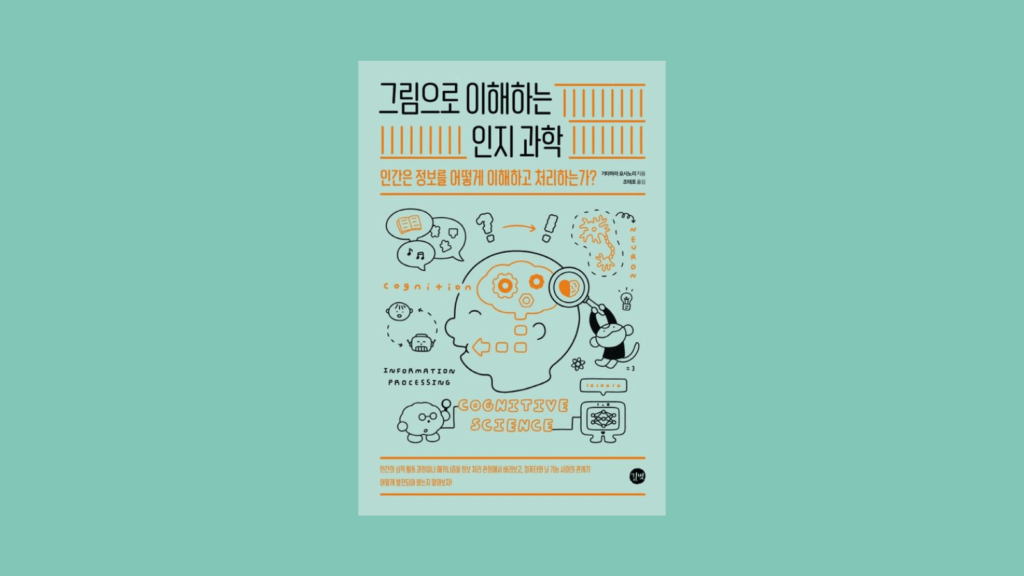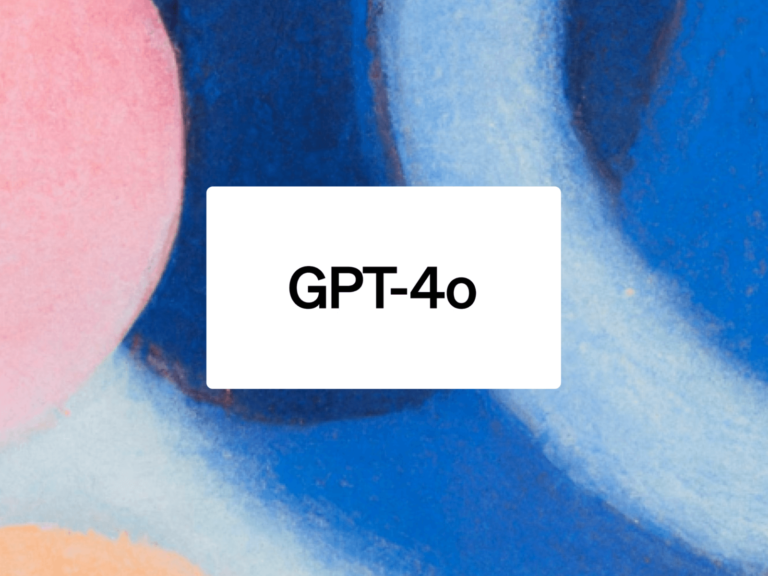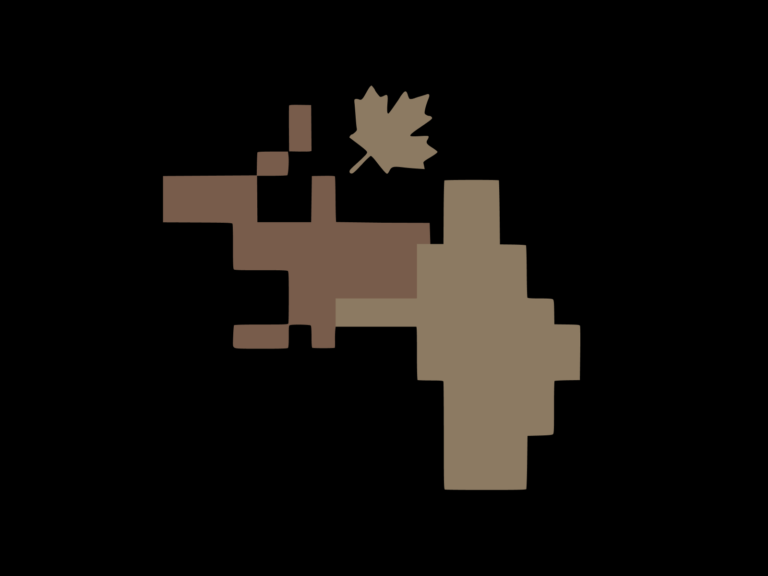This is a good book that makes difficult cognitive psychology easy to understand, but not light. It gives you an end-to-end look at how humans process information. A must-read primer for anyone interested in UX.
information
Yoshinori Kitahara / Cho Tae-ho | stray friend | March 25, 2022 | Original: イラストデ?ぶ認知科?
index
Chapter 1 Introduction to Cognitive Science
- 1.1 Cognitive Science
- 1.2 The Path of Cognitive Science
- 1.3 Cognitive science research methods
- 1.4 model
- 1.5 Human Information Processing Models and Scope of Cognitive Science
Chapter 2 Senses
- 2.1 Types and characteristics of senses
- 2.2 Transmission of Sensory Signals
- 2.3 Visual
- 2.4 Hearing
- 2.5 Somatosensory
- 2.6 Interaction of the senses
- 2.7 Image and audio feature extraction by computer
Chapter 3 Perception/Cognition
- 3.1 Downward Processing
- 3.2 Gestalt Characteristics
- 3.3 Shape perception/recognition
- 3.4 Speech perception/recognition
- 3.5 Spatial Perception
- 3.6 Cognitive Maps
- 3.7 Time Lateness
- 3.8 Voice Recognition by Computer
Chapter 4 Memory
- 4.1 Structure of memory
- 4.2 From short-term memory to working memory
- 4.3 Long Term Memory
- 4.4 Declarative and Procedural Memory
- 4.5 Oblivion
- 4.6 Computer Memory
Chapter 5 Caution
- 5.1 Optional Attention
- 5.2 Focused and Divided Attention
- 5.3 Visual Attention
- 5.4 Acoustic Attention
- 5.5 Estimation of sound direction by computer
Chapter 6 Knowledge
- 6.1 Representation and Structure of Knowledge
- 6.2 Meaning
- 6.3 Concepts and categorization
- 6.4 Knowledge processing using production rules
Chapter 7 Troubleshooting
- 7.1 Problem Spaces and Strategies
- 7.2 The Process of Solving Obvious Problems
- 7.3 Reasoning
- 7.4 Wayson's Choice Challenge
- 7.5 Computerized Game Strategy
Chapter 8 Decision Making
- 8.1 Utility and context
- 8.2 Prospect Theory
- 8.3 Preferred Model
- 8.4 Decision Making in Conflict
Chapter 9 Creation
- 9.1 Regenerative and Productive Thinking
- 9.2 Insight
- 9.3 Ideation by analogy
- 9.4 Idea support method
Chapter 10 Understanding Language
- 10.1 Natural and Artificial Languages
- 10.2 Layered Structures of Language and Mental Vocabulary
- 10.3 Word Recognition
- 10.4 Syntactic Language Production and Understanding Models
- 10.5 Semantic Language Production and Understanding Models
- 10.6 Turing Machines and Automatons
- 10.7 Formal Syntax
- 10.8 Natural language processing by computer
Chapter 11 Affect
- 11.1 Affect and cognition
- 11.2 Physical changes and measurable indicators caused by affect
- 11.3 Affective model
- 11.4 Facial Recognition
Chapter 12 Social Cognition
- 12.1 Interpersonal cognition
- 12.2 Face Memory and Recognition
- 12.3 Social Reasoning
- 12.4 Attitude Change
- 12.5 Group influence
Chapter 13 Communication
- 13.1 Non-verbal channels of communication
- 13.2 Persuasive Communication
- 13.3 Transformation of communication
- 13.4 Internet Communication
Chapter 14 Illusion
- 14.1 Illusion of shape
- 14.2 Illusion of brightness and color
- 14.3 Illusion of motion
- 14.4 Hearing
- 14.5 Illusion of somatosensory
Chapter 15 The Brain
- 15.1 Structure of the Brain
- 15.2 The senses and the brain
- 15.3 Memory and the Brain
- 15.4 Thinking and the Brain
- 15.5 Affect and the Brain
- 15.6 Signal Transduction in the Brain
- 15.7 Measuring Cranial Nerve Activity
- 15.8 Deep Learning

















